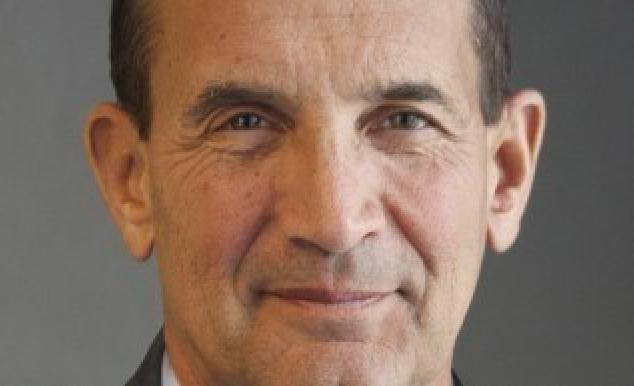Heptagon Capital Brings Two Global Equity Strategies to UCITS Investors
| By Fórmate a Fondo | 0 Comentarios

Heptagon Capital, the London-based investment management firm with $8.4bn assets under management, has just launched two new Global Equity funds on its Irish UCITS platform: the Oppenheimer Global Focus Equity Fund and the Kopernik Global All-Cap Equity Fund. This takes the number of funds on Heptagon’s $2.8bn AUM UCITS platform to five.
The Oppenheimer Global Focus Equity strategy is now available to professional UCITS investors. The strategy combines a thematic approach to idea generation with fundamental company analysis. Randall (Randy) Dishmon, the portfolio manager based in New York, started the strategy in October 2007. He looks for durable businesses, regardless of where they are located, with sustainable structural tailwinds and good economics. Entry points are critical; Randy seeks to buy when there is a large gap between market price and what the company is worth to an informed buyer. The investment horizon of 3-5 years is sufficiently long to allow real value to materialize. Although this is a high-conviction, actively-managed, benchmark-agnostic strategy (with an ‘Active Share’ of 96%), its risk profile is limited by the portfolio manager’s focus on price. Randy is an employee of OFI Global Asset Management, a wholly owned subsidiary of OppenheimerFunds, Inc.
The success of Randy’s approach can be seen by the recent ‘Best-in-Class’ award for his Oppenheimer Global Value Fund (GLVYX) Y shares at the 2013 Lipper Fund Awards in the US, beating the 75 other funds in his category. His strategy has continued its outperformance, and for the five-year period ended 12/31/13, Randy has achieved a 5 year annualised return of 28.33%, compared to 14.9% for the MSCI all country world equity benchmark.
The other fund that was launched is the actively managed Kopernik Global All-Cap Equity Fund, and its investment portfolio is being managed by Dave Iben of Kopernik Global Investors, LLC in Tampa, Florida. The strategy pursues a truly global, bottom-up, research driven, fundamental evaluation approach that focusses on identifying market inefficiencies through independent analysis. Dave and his team look for undervalued and unloved stocks that will significantly reward the long term, patient investor, who truly understands a company’s business, and where more normal, stable valuations for a business will eventually be achieved.
Commenting on the new fund launches, Tarek Mooro, Managing Partner and CEO of Heptagon noted: “We are extremely pleased to have brought two such high quality investment managers to the UCITS market. In line with our philosophy of identifying high-conviction, benchmark agnostic, outperforming managers, we feel very confident that these funds will significantly reward stakeholders over the coming years.”
Heptagon Capital LLP is based in London’s Mayfair and was founded in 2005 by former Morgan Stanleydirectors, including Tarek Mooro, Eran Ben-Zour and Fredrik Plyhr. Heptagon caters to institutional and Ultra High Net Worth investors, providing them with creative, class-leading investment ideas and risk management, across traditional and alternative asset classes.










